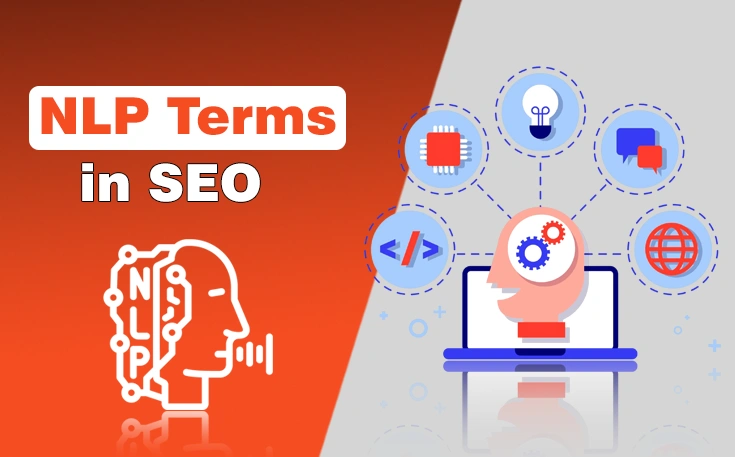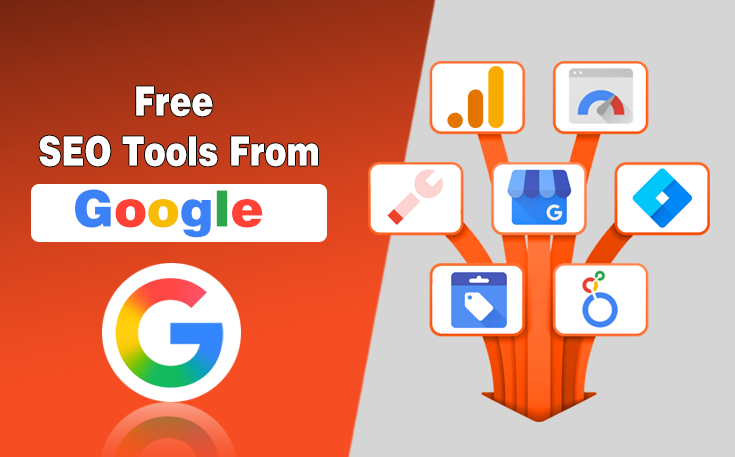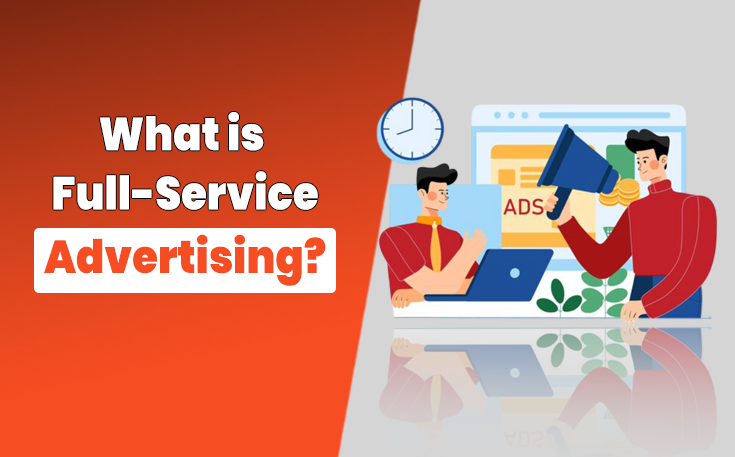Let’s be honest; attracting quality leads as an ERP provider in 2025 is tough. The buying cycle is long, decision-makers are more informed than ever, and the competition is fierce.
You can’t afford just to sit back and wait for your software vendor to toss leads your way anymore. If you’re looking to learn how ERP companies can attract more leads, it’s time to rethink your entire approach.
In this blog post, I outline the proven tactics ERP companies use to build better pipelines, spark more conversations, attract more leads and close bigger deals.
What’s Broken with the Old Way of Generating Leads?
Let’s face it, cold emails and referrals might’ve worked a decade ago. But today’s ERP buyers are doing their homework online. They’re comparing vendors, checking out reviews, and researching costs long before they ever talk to your sales team.
Yet many ERP providers still depend on:
- Unpredictable referrals from software publishers
- Blanket email campaigns with little personalization
- Clunky websites that don’t convert
- Content that doesn’t speak to real buyer pain points
If this sounds familiar, it’s time for a serious reset and focus on how ERP companies can attract more leads in this competitive world.
Understand the New Buyer Journey
Modern ERP buyers—such as CFOs, operations directors, and IT leads—are taking control of ERP software selection without bias and the purchasing process. In fact, 70% of that process is now complete before they ever fill out your demo form (according to Forbes).
Their typical journey looks like this:
- Research pricing and compare features
- Read blog posts or download buying guides
- Study customer reviews or industry-specific case studies
- Finally, reach out for a trial or consultation
If you’re not showing up during those early research phases, you’re losing out—plain and simple.
Proven Tactics for ERP Companies Attract More Leads

1. Know Your Ideal Customer Like the Back of Your Hand
You can’t market to everyone. And you shouldn’t.
Start by getting laser-focused on who your ERP system is best suited for:
- Industry verticals (manufacturing, logistics, healthcare, etc.)
- Company size and budget range
- Geography and compliance requirements
- Core challenges they’re trying to solve
Then build out complete personas for each key decision-maker (CFOs, COOs, IT Managers). Give them names, goals, pain points, even their preferred communication style. The more real they feel, the better your marketing will connect.
2. Publish Content That Answers Buyer Questions
If your content isn’t helping, it’s hurting. Modern buyers don’t want fluff, they want answers.
The best ERP marketers publish:
- Transparent pricing guides
- Head-to-head product comparisons
- Implementation timelines and cost breakdowns
- Role-specific content (e.g., “What CFOs Need in an ERP”)
- Real customer stories and results
Map your content across the entire funnel, from awareness to decision-making, and ensure it’s all optimized for SEO. That’s how you earn trust and visibility.
3. Turn Your Website into a Lead-Generating Machine
Many ERP websites are just glorified brochures. They look nice, but don’t actually convert. ERP companies must optimize their sites for conversions.
Here’s how to fix that:
- Make sure your site loads fast and works beautifully on mobile
- Place CTAs clearly: “Get a Quote,” “Book a Demo,” “Download the Guide”
- Offer value upfront: free tools, trials, calculators, or industry reports
- Use smart forms and targeted pop-ups to grab interest at the right time
Remember, your website isn’t just about information—it’s about conversion.
4. Nail Down Your SEO and Keyword Strategy
Want to rank on Google when someone types “best ERP for distribution companies”? You need a plan.
The smartest ERP marketers use the “Big 5 Themes” to shape their content:
- Cost-related: “ERP pricing breakdown for SMBs”
- Comparisons: “SAP vs NetSuite: Which One’s Right for You?”
- Reviews: “Top ERP platforms for manufacturers in 2025”
- Top Lists: “10 Best Cloud ERP Solutions This Year”
- Problem/Solution: “Why ERP implementations fail—and how to fix them”
You can attract high-intent traffic simply by being the brand that answers these real, burning questions.
5. Try Account-Based Marketing for Bigger Deals
If you’re going after large accounts, ABM (Account-Based Marketing) is your best friend.
It’s all about quality over quantity. You identify high-value companies, then build custom outreach and content just for them.
Examples of ABM in action:
- Personalized LinkedIn outreach to IT directors
- Industry-specific landing pages with relevant messaging
- Custom demo videos or email sequences
- VIP webinars or one-on-one consultations
It takes more effort—but the payoff is often bigger, faster deals.
6. Use Automation to Stay Top-of-Mind
Don’t let hot leads go cold.
With marketing automation, you can:
- Send instant welcome emails when someone fills out a form
- Score and segment leads based on their activity
- Trigger nurture campaigns specific to their role or industry
- Alert your sales team when a lead is ready to talk
Tools like SaveMyLeads or HubSpot make this easier than ever—and they save your team serious time.
7. Track What Works (and What Doesn’t)
If you’re not measuring, you’re guessing. And guessing doesn’t scale.
Monitor:
- Which content drives the most traffic
- Which landing pages convert best
- Where your highest quality leads are coming from
- The cost per lead and return on ad spend (ROAS)
Use these insights to fine-tune your campaigns and double down on what’s working.
The Bottom Line: Smarter Marketing Wins in 2025
The days of relying solely on vendor leads or cold outreach are over.
ERP companies that thrive in 2025 will do so because they’ve built smart, scalable marketing machines that attract the right people, educate them, and turn them into long-term customers.
So take a fresh look at your lead generation strategy. Start small if you need to—but start. And commit to becoming the go-to ERP solution in your niche.
Need custom app with amazing features?
Get a Quote




